otoro sushi
Otoro Sushi: Why Is It Worth Trying at Least Once?
James Lau
Posted on July 10, 2025
Share:
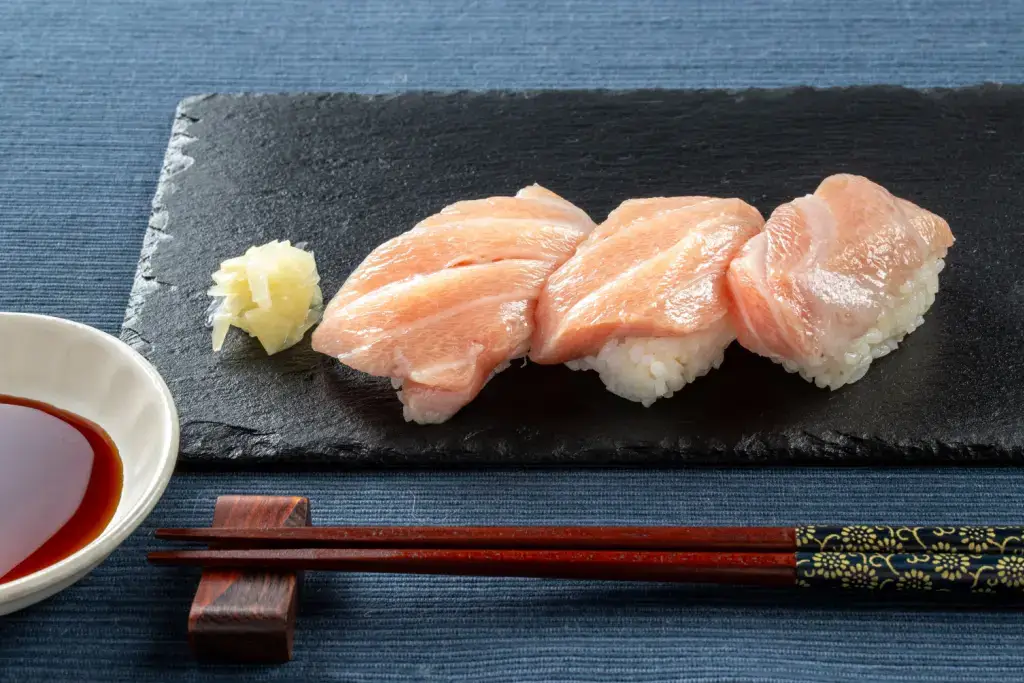
Otoro sushi is one of Japanese cuisine’s most luxurious and talked-about items. This cut of tuna is considered one of the top choices for sushi lovers. It comes from the fattiest part of the bluefin tuna’s belly and is often served in high-end sushi restaurants. Whether eaten as part of an omakase meal or on its own, otoro sushi offers a melt-in-your-mouth experience that’s hard to forget!
What is otoro?
Otoro (or ootoro) is the name given to the fattiest section of maguro, or bluefin tuna. This cut comes from the belly of the fish, right near the head, and has the most visible marbling. The word “otoro” literally means “great fatty,” and it lives up to the name with its buttery feel. It’s often pale pink to near-white, with lines of fat running through the meat. When fresh and expertly sliced, otoro can almost melt on the tongue without chewing.
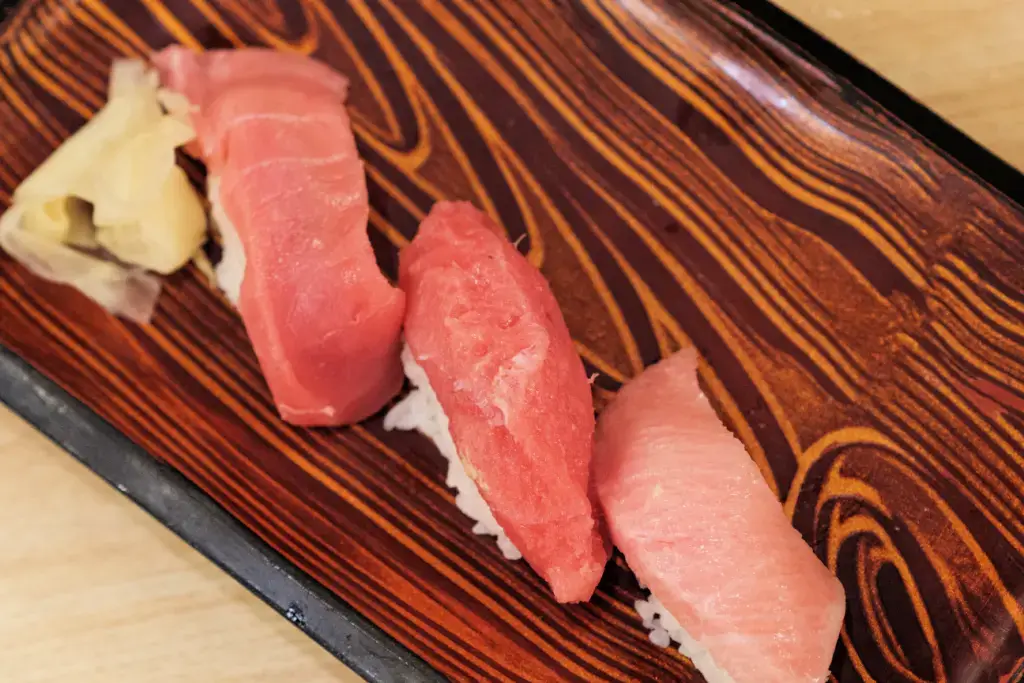
Because it’s taken from a specific part of the fish, only a small amount of otoro is available per tuna, making it rare and highly prized. The texture is extremely soft, unlike the firmer akami, the lean red meat of tuna. Otoro is high in fat but not greasy, making it unique among sushi cuts. It’s considered a delicacy and is typically highlighted in premium meals!
How do people serve otoro sushi?
Otoro is often served as nigiri—one thick slice of fish pressed over a small bed of seasoned rice. A tiny amount of wasabi may be placed between the rice and fish, but chefs usually keep it simple. It can also be offered as sashimi, served in slices without rice. Cheers might sometimes lightly sear the otoro with a flame to bring out more flavor. This technique adds a slightly smoky aroma and helps balance the fat.
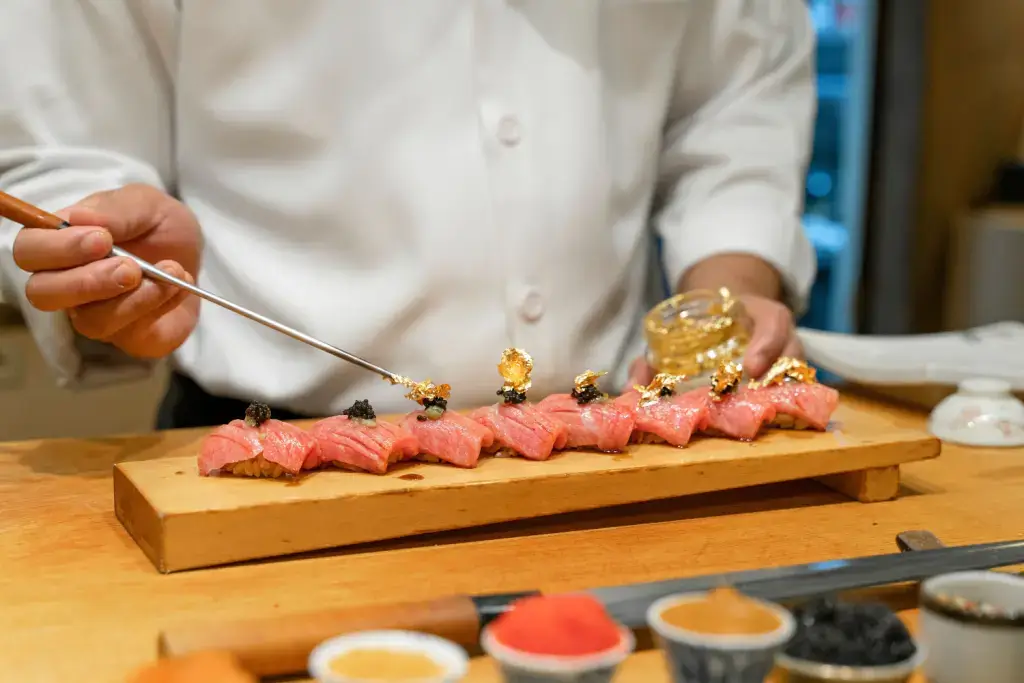
In omakase courses, otoro is usually one of the final dishes, meant to end the meal on a rich note. Some sushi restaurants offer special variations, such as otoro topped with caviar or gold leaf. Others may pair it with high-end soy sauces or hand-harvested salt. But even with no toppings, otoro sushi stands out for its creamy, almost dessert-like texture. It’s one of those dishes that needs very little to feel special!
What makes it different from other cuts of tuna?
Tuna used for sushi is typically divided into three parts: akami, chūtoro, and otoro. Akami is the lean red meat from the back or sides of the fish; it’s strong in flavor but low in fat. Chūtoro is the medium-fatty part, taken from the lower belly, and offers a balance between taste and texture. Otoro, the fattest cut, comes from the deepest part of the belly near the head. Each type has fans, but otoro is considered the most luxurious.
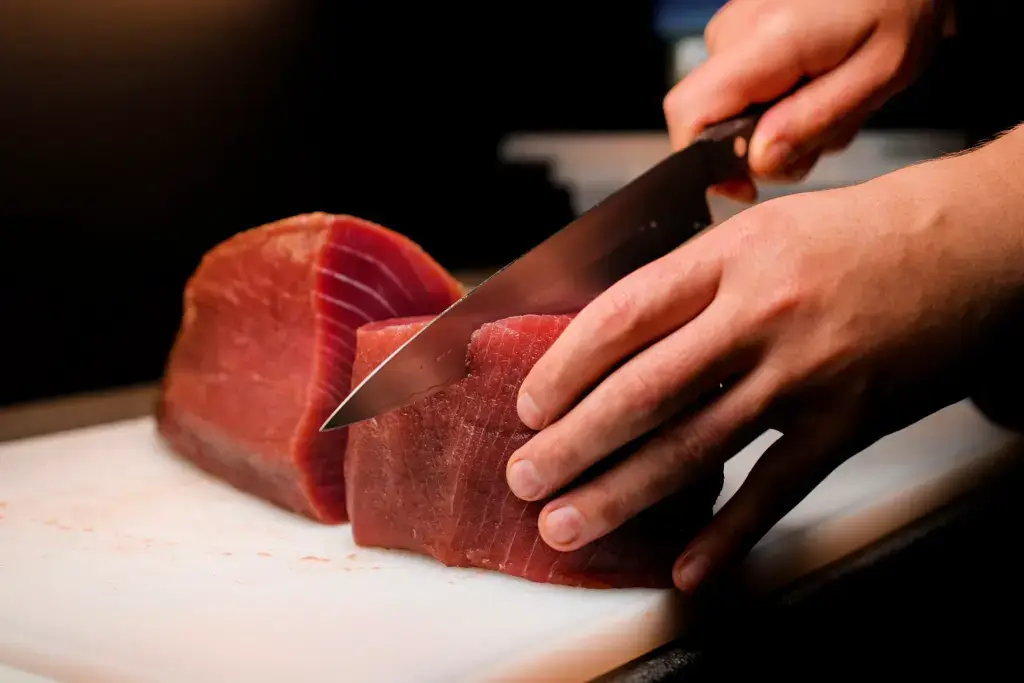
While akami may be firmer and more savory, otoro is all about softness and richness. Some people prefer chūtoro because it’s still flavorful but not as heavy. Otoro is smooth and rich enough to feel like butter or foie gras. Its unique flavor comes not from a strong fish taste, but from its texture and high fat content. This variety among cuts makes tuna a special fish in sushi culture!
Are you looking for interesting snacks and tea to pair with your next round of sushi? Check out Sakuraco! Sakuraco delivers traditional Japanese snacks, teas, and sweets from local Japanese makers directly to your door so you can enjoy the latest treats directly from Japan!
Why is it so expensive?
Otoro is rare because it makes up only a small portion of the entire tuna, just a few percent of the fish’s body. Due to overfishing, international fishing laws also limit bluefin tuna, which adds to the rarity. Top-quality tuna are auctioned daily at Toyosu Market in Tokyo, sometimes selling for thousands of dollars per fish. The most expensive cuts always include otoro, making it a luxury food item on any menu.
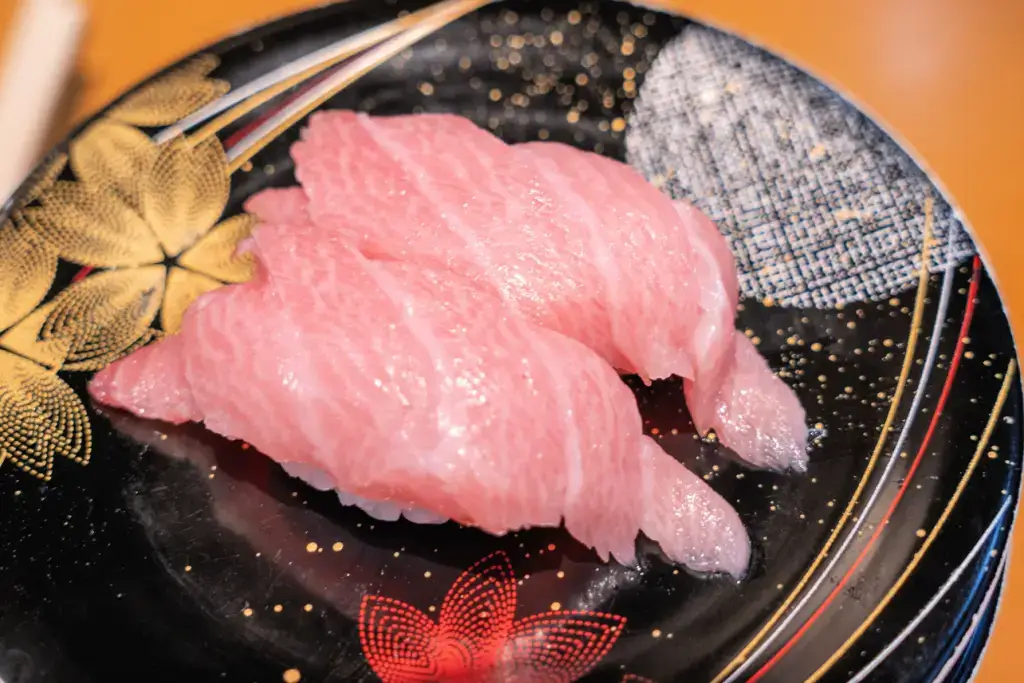
Restaurants must pay a premium to get high-grade tuna, which is passed down to the diner. A single piece of otoro nigiri can cost a lot at some high-end sushi counters. It’s usually part of a tasting menu where freshness and knife skills are key. The demand, rarity, and careful handling of this fish affect the price. Still, many food lovers consider the cost worth it for such a rare and perfect bite.
Why try otoro sushi?
Otoro sushi offers a rare mix of flavor, texture, and tradition. It’s rich but perfectly balanced, silky, and satisfying! Eating otoro is often described as a moment of stillness, where the flavors unfold slowly in your mouth. For sushi lovers, it represents the best of what tuna can offer. Even one piece can be enough to make a meal feel special.
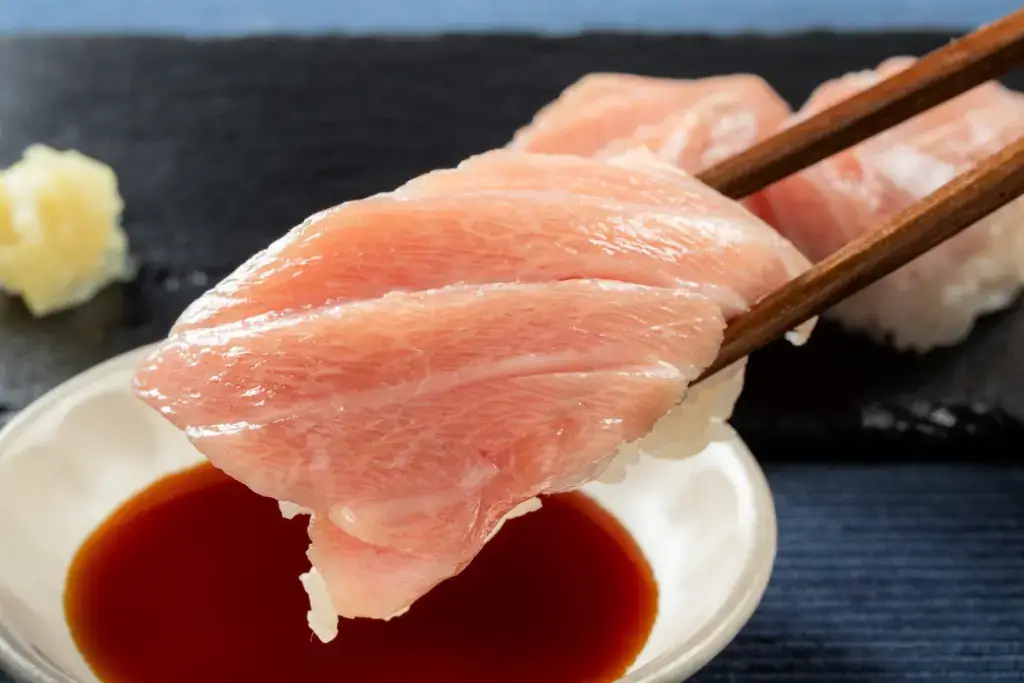
Every step is handled carefully from the fisherman who catches the tuna to the chef who slices it. Otoro sushi reflects skill, respect for the ingredient, and an appreciation for detail. Whether you’re in Tokyo or at a local omakase abroad, otoro is a must-try for anyone curious about the heights of sushi. It’s an experience that sticks with you long after the last bite! Have you ever tried otoro sushi? What was your experience like? Let us know in the comments below!
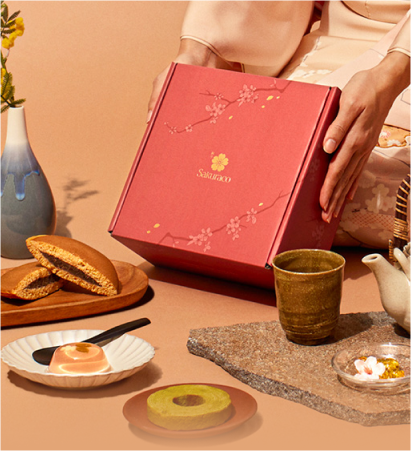
Discover authentic flavors with Sakuraco
Get Sakuraco 

Discover authentic flavors with Sakuraco
Get Sakuraco 
Related Articles
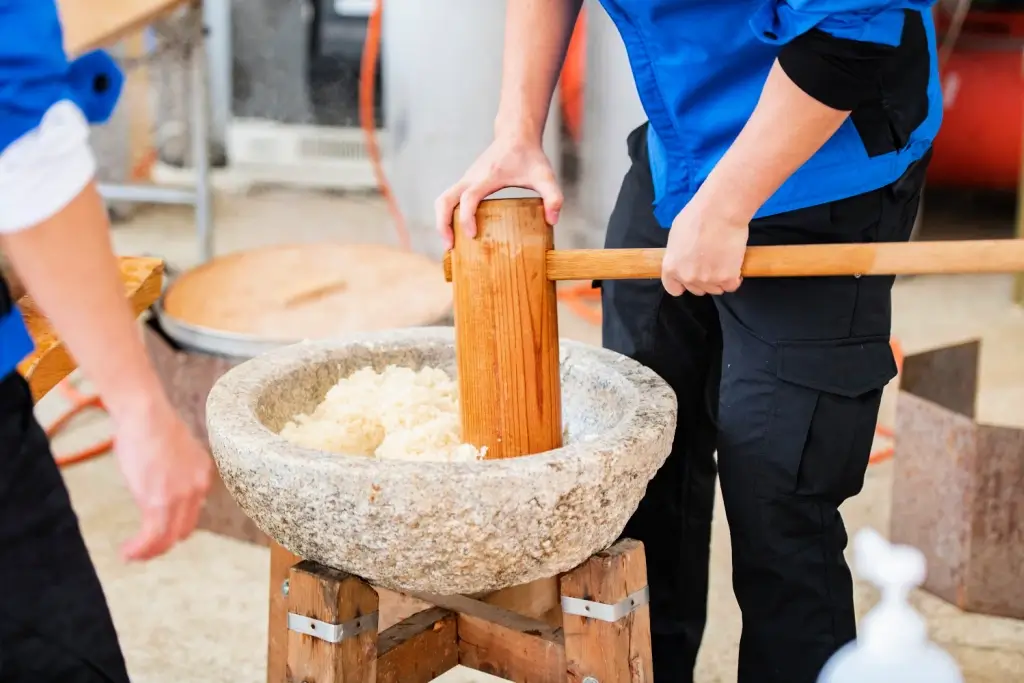
Mochi: How is Mochitsuki Made in Japan?
Mochitsuki is the Japanese tradition of pounding steamed rice to make mochi for the New Year. Families and neighbors gather to participate in this lively and meaningful tradition. The teamwork involved helps everyone feel a sense of connection.
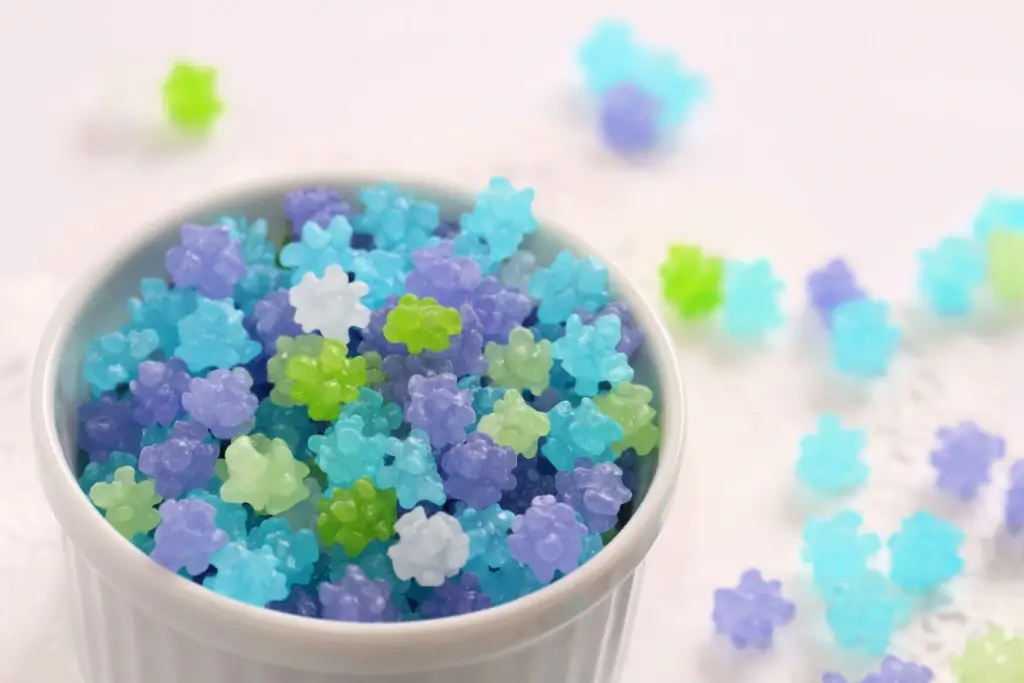
Konpeito Candy: What Makes This Starry Treat Shine?
If you are a fan of the famous Demon Slayer series, then you probably know that the favorite treat of the adorable Nezuko Kamado is those tiny, colorful little sweets.
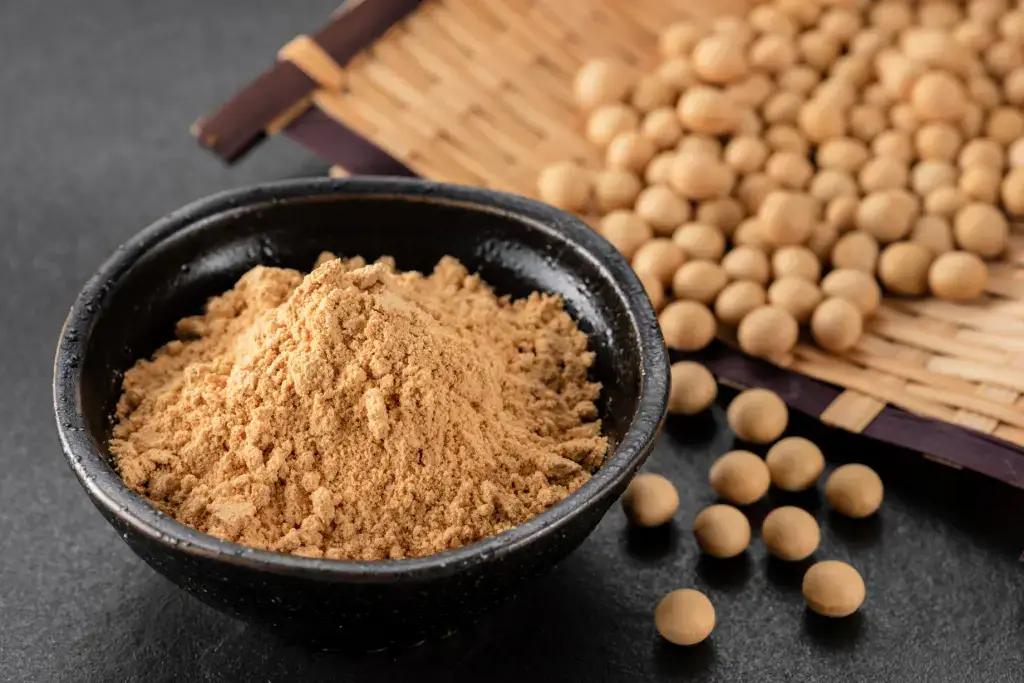
Kinako: The Amazing Roasted Soybean Powder!
Kinako is a very popular ingredient that can easily be found in many traditional Japanese sweets. It has a distinctive flavor, standing alongside other classic tastes such as red bean or sesame. Let’s explore this charming ingredient together, and who knows, you might even be able to make it in your own beloved kitchen!
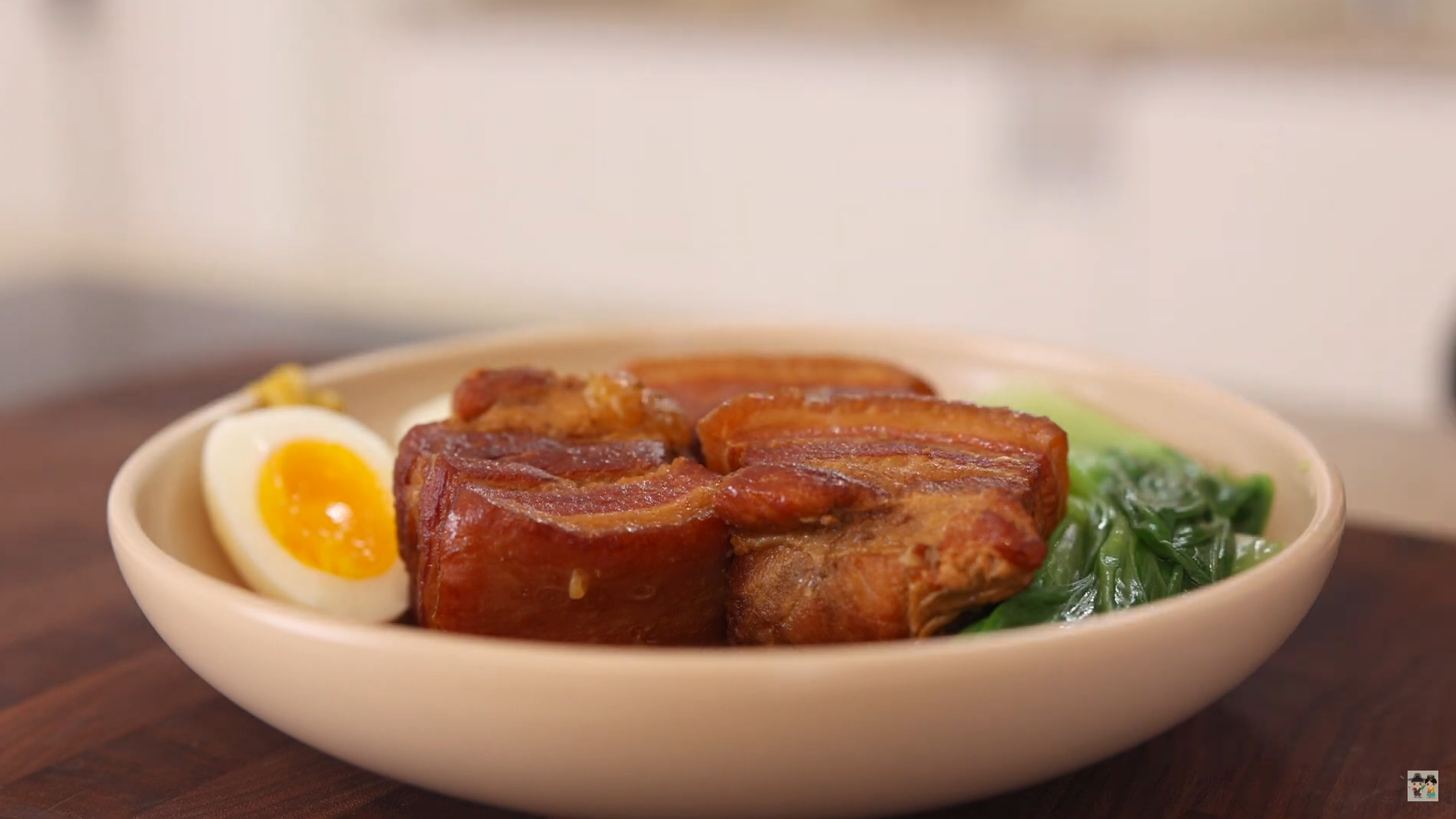
Aaron and Claire Make the Ultimate Japanese Pork Belly: Buta no Kakuni
If you want a Japanese dish that’s rich, tender, and simple to follow, Aaron and Claire show exactly how to make it in this episode. Aaron prepares Buta no Kakuni, a classic braised pork belly dish renowned for its rich flavor and tender texture.



